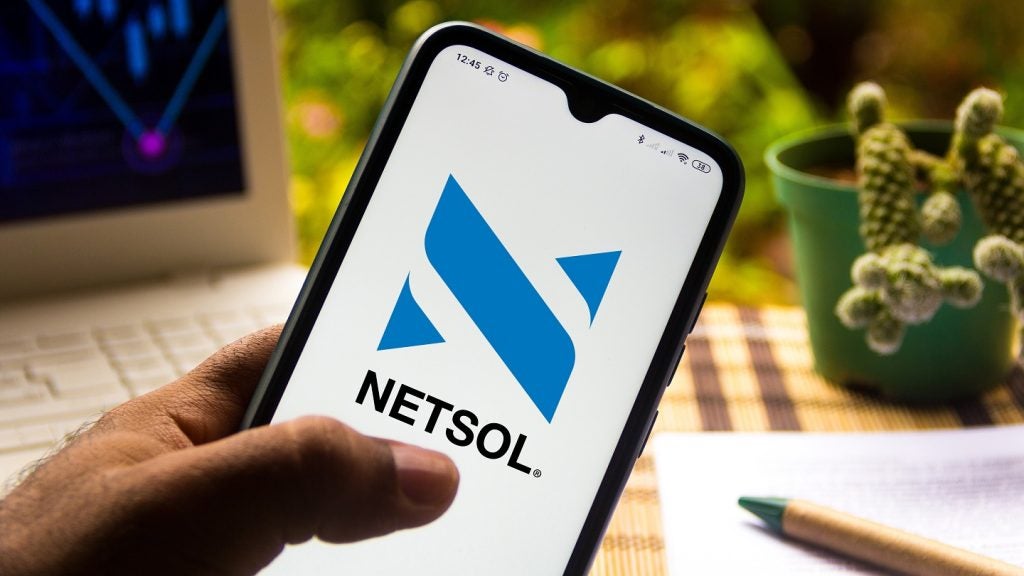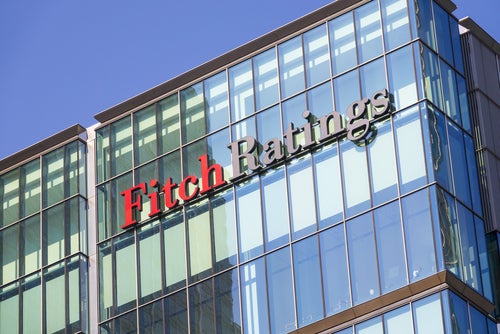
With IFRS 16 coming into effect in the new year, Paul Lippitt, principal consultant at fleet leasing company Lex Autolease, discusses the seven steps to ensure smooth implementation.
IFRS 16 Leases come into force for accounting periods beginning on or after 1 January 2019, meaning all operating leases will need to be recorded on balance sheet as a right-of-use asset and corresponding liability, with implications for gearing and other financial ratios.
There are seven steps that financial departments will need to take to ensure that implementation runs as smoothly as possible:
1. Collecting data
Many corporates consider this to be the greatest challenge. Different leased properties will have different landlords, and some leases may go back many years.
The ability to access good historic lease data may determine which transition method is applied, with many organisations electing not to follow the fully retrospective approach because there is insufficient data.
2. Evaluating lease terms
Organisations will need to understand from break clauses and options in their lease contracts whether it is “reasonably certain” the clause will be exercised. Auditors are likely to review strategic plans to ensure the lease term used for IFRS 16 reporting is consistent.
How well do you really know your competitors?
Access the most comprehensive Company Profiles on the market, powered by GlobalData. Save hours of research. Gain competitive edge.

Thank you!
Your download email will arrive shortly
Not ready to buy yet? Download a free sample
We are confident about the unique quality of our Company Profiles. However, we want you to make the most beneficial decision for your business, so we offer a free sample that you can download by submitting the below form
By GlobalData3. Determining discount rates
IFRS 16 requires the use of the implicit interest rate if available, but in practice, data challenges make this difficult. Companies are generally finding it easier to apply their incremental borrowing rate relating to the particular class of asset, value and lease term, which can be obtained independently through their bank. This has the added advantage of consistency with transitional provisions.
4. Transitional options
IFRS 16 permits either a fully retrospective approach, where the right-of-use asset is calculated as though the new rules had always been in place, allowing for any asset revaluation since inception, or a modified retrospective approach. In the latter case there are two options to consider:
1. Restatement of the right-of-use asset as if the new rules had always been in place, but using estimates where necessary, and
2. The right of use asset and lease liability are valued at the same amount.
Many organisations are choosing to follow the modified retrospective route on practical grounds. It also provides flexibility in how the right-of-use asset is calculated on a lease-bylease basis.
Option one may result in an adverse reserves impact, but a more favourable profit and loss position going forward, whereas option two does not impact reserves but may lead to less favourable reported future profit and loss. Finance teams should model the different scenarios to determine the optimum outcome.
5. Banking covenants/ratios
The increase in reported debt is likely to adversely impact debt ratio and debt cover, and therefore has implications for banking covenants. For businesses with large property lease portfolios, this could be significant.
Companies are utilising ‘frozen GAAP’ clauses to base the calculations on the existing accounting rules for the time being, but ultimately they will need to fall in line with future market practice. Early engagement with the company’s bankers is clearly advisable.
6. Software considerations
For organisations proposing to implement new lease accounting software, usual supplier due diligence applies. The challenge then is ensuring that lessors can provide the required data in the right format for upload into the software.
Accountancy teams will need to design test plans to verify the data. Companies should not underestimate the amount of work required in terms of ensuring that outputs are in line with expectation.
7. Taxation
The draft Finance Bill 2019 sets out details of how taxation will interact with IFRS 16 accounting when the new standard comes into force. The basic principle for lessees is that the tax treatment will follow the accounting treatment rather than being based on lease payments made.
Companies will need to consider the tax implications around interest front loading and tax relief through reserves right off to decide on the best solution for them, noting that tax relief through reserves is only available over a period of time.
Companies should engage their tax departments to assess the tax impact of the transitional choices For organisations leasing vehicles, the impact of IFRS 16 is likely to be small, with exposure to high-value or property leases having a greater effect. On either count, taking a staged and considered approach will help to ensure a smooth transition.







